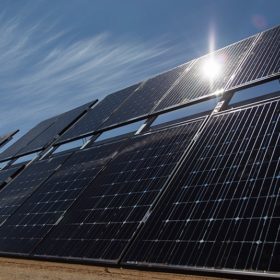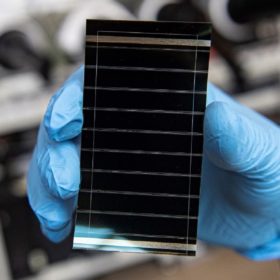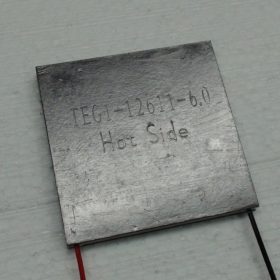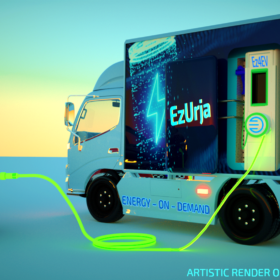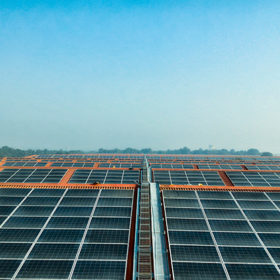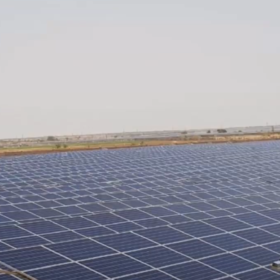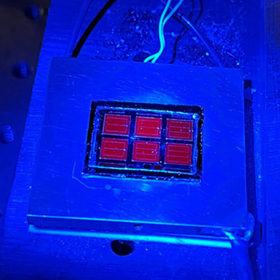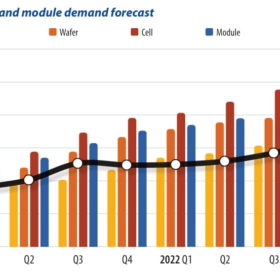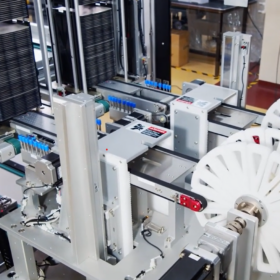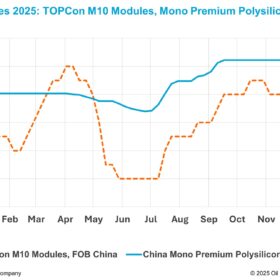Kerala discom to procure 150 MW of solar power
Solar power generators have until May 30 to lodge their interest in supplying electricity to Kerala State Electricity Board on a short-term basis.
Vikram Solar ranks as PVEL top performer for fifth time
Indian solar manufacturer Vikram Solar has been listed as a top performer in PV Evolution Labs (PVEL) PV Module Reliability Scorecard 2022 for its half-cut-cell, multi-busbar bifacial PV modules.
Perovskite solar cell technology on the road to commercialization
A new US Department of Energy report describes the challenges of commercializing perovskite technology for the solar energy sector.
Upcycling silicon waste from end-of-life solar panels into thermoelectrics
Researchers in Singapore have developed a new technique in which polycrystalline silicon is pulverized into powder and pelletized into ingots. The process relies on spark plasma sintering to dope the silicon with germanium and phosphorus.
Solar/CNG/CBG powered EV charger with integrated battery storage
Energy management startup Ez4EV has introduced an electric-vehicle charging solution with integrated battery storage. The complete unit-in-a-box can be charged using electricity produced from solar, compressed biogas, and compressed natural gas.
Tata Power to add 7 MW of rooftop solar at Tata Motors plant in Pune
Tata Motors’ passenger car manufacturing plant in Pune, Maharashtra, will house India’s largest solar project at a factory, at 17 MW.
Mahindra Susten commissions 175 MW of solar in Rajasthan
Mahindra Susten has switched on 175 MW (AC) of its 250 MW solar project in Bikaner district, Rajasthan. The massive installation, which uses bifacial modules, will supply electricity to Solar Energy Corp. of India over a period of 25 years at a price of INR 2.54 ($0.03)/kWh.
Quantum well superlattices for a new world record cell efficiency of 39.5%
Scientists in the United States have fabricated a triple-junction solar cell that reached 39.5% efficiency – a world record for any type of cell under one-sun illumination. Though relying on materials and processes that are still too costly for most commercial uses, the concept could soon see actual applications in powering satellites and other space-bound technology.
No end to solar supply/demand imbalance
The solar supply chain problems that began last year with high prices and polysilicon shortages are persisting into 2022. But we are already seeing a stark difference from earlier predictions that prices would decline gradually each quarter this year. PV Infolink’s Alan Tu probes the solar market situation and offers insights.
Amp Energy commissions 45 MW open-access solar project
Developer Amp Energy has completed a 45 MW corporate solar project within the scheduled timelines. The project will supply electricity to Cipla, Eternis Fine Chemicals, and Jubilant Ingrevia.
